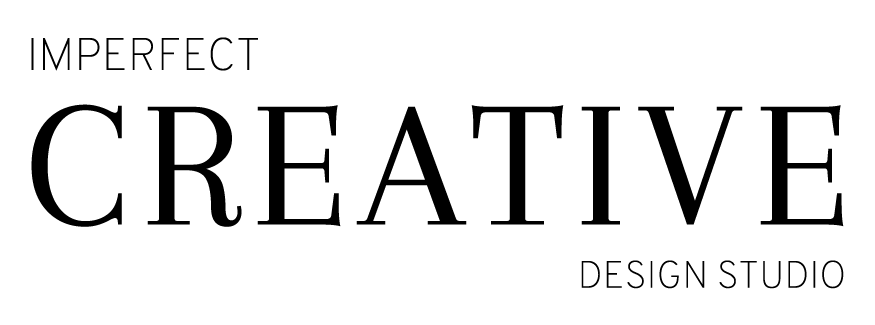
Blog Post
A Behind-the-Scene Look on How Retainers Work for Clients Works on the Day-to-day
Most of my clients work with me on a retainer basis, it’s a great way to build a stable, ongoing relationship with them. This helps me get to know them and their business and anticipate their needs.
The day-to-day of working with my retainer clients involves a lot of planning and being open to adjusting those plans when necessary. To help you get a behind-the-scenes look at how I work with retainer clients here are some of the key strategies and processes that I use:
Setting clear expectations:
One of the most important things when working with my retainer clients is to set clear expectations from the get-go. This means clearly defining what work I can do for them and how much time a week I can spend working on their projects.
This will help the client stay realistic about the amount of work we can get done every week and allow us to plan our work together based on time constraints and deadlines. For my retainer clients, I spread out the hours evenly throughout the month, this allows me to get to everyone and move projects forward a bit at a time.
Lastly, we talk about communication expectations! Including how and when I’ll be reaching out to them and how quickly they can expect to hear back from me. I reply to emails within 24h and will be available to reply to messages during my work day. How tasks are tracked and completed will mostly depend on the client as I like to adapt to their system so that working with me is as easy as possible.
Using Project Management Tools:
Keeping track of clients’ tasks and workload is vital to having a good working relationship and being able to meet expectations. I use click up to manage all my projects and tasks. This allows me to keep track of all the pending tasks and deadlines so that nothing slips through the cracks.
With ClickUp I can keep a project folder for each of my clients and add their tasks with respective priorities as they send them to me. I then use Toggl to track my hours and keep an eye on how much time I’m spending on each task.
Tasks are then reported back to the client on their project management system so that they know where their projects are at all times.
Planning out my week:
With expectations set and all the tasks organize It’s time for me to plan my work for each week. I use time blocking to carve out blocks of time to work on each of my client’s projects this allows me to plan out my week and ensure that each client has the time they need set aside for them.
This method helps me stay on track and ensure that I don’t forget anyone as the week hurries by! It’s been a great tool to keep me on track and avoid getting sidetracked by other tasks or distractions.
Communicating with clients regularly:
Communicating regularly with clients is key to maintaining a strong relationship with my clients. It’s important to me to touch base with my clients on a regular basis, whether that’s via email or chat.
During these check-ins, you can review progress, discuss any issues or concerns, and ensure that you are both on the same page regarding the work that needs to be done.
For my clients, that means chatting with them via messenger or slack throughout the week and sending a weekly check-in email where they get to see what was accomplished during the week, what’s next on the doc and how their hour’s availability is looking.
Staying Flexible and adapting:
Client priorities change all the time so it’s important to stay flexible and be able to accommodate changes in their needs and even adjust for urgent or pressing work.
Staying on top of emails and knowing important dates in your client’s business is one way to do this. I’m always willing to move some hours around to accommodate a client’s urgent or pressing request.
Reviewing & Evaluating Your Work:
Finally, it’s important to keep an eye on the quality of the work you’re providing your clients. I’ve found weekly check-in emails to be extremely useful in doing this! They allow me to let the client know what has been accomplished in the week and what my plans are for the next one and it gives the client a way to provide feedback on the work.
I love working with my retainer clients, it’s a constant lesson in building relationships and trust. By setting clear expectations, using project management tools, regularly communicating with my client, being flexible and adaptable, and continuously evaluating my work, I’ve built working relationships that have lasted years and are still going strong!
Ready to build a brand that’s perfectly you? Sign Up for this 5 Day Email Course!
Join Grow Your Brand, Imperfectly: 5 Days to Visual Consistency email course and learn how to create a cohesive, confident brand - step by step.
